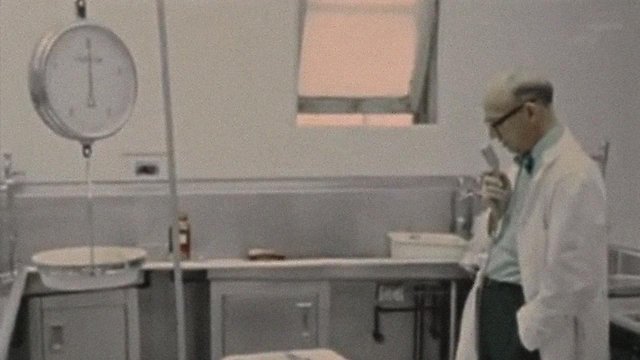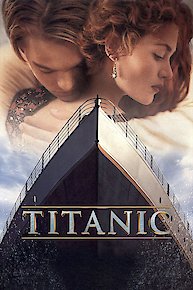
The Act of Seeing with One's Own Eyes
Where to Watch The Act of Seeing with One's Own Eyes

The Act of Seeing with One's Own Eyes is a controversial and avant-garde film from 1971, which explores the challenging and arguably taboo subject of death, our mortal bodies, and our general discomfort at acknowledging these realities. The movie is directed by Stan Brakhage, a well-respected filmmaker known for his experimental and non-narrative films. Brakhage challenges conventional principles of cinematography and storytelling, moving away from the typically structured narrative formula to create powerful and evocative forms of visual art.
The film's title, The Act of Seeing with One's Own Eyes, is a literal translation of the term 'autopsy', setting the tone and expectations for the film. It is an experiential documentary, which delivers raw and unfiltered footage from a morgue, offering audiences a stark and stripped back exploration of the human body post-mortem. There is no dialogue, no music, no voice-over to guide or influence the viewers' experience, allowing each individual to take away their own understanding and interpretations from the imagery.
Captured using 16mm film, Brakhage immerses viewers in stark and confrontational visuals of forensic pathology, directly witnessing autopsies being performed. This disclosure of mortality and the usually hidden practices of death in The Act of Seeing with One's Own Eyes could be an eerie, disturbing, and uncomfortable experience for some viewers. It forces individuals to confront the raw reality of death and decay, a subject simultaneously universal yet deeply personal that tends to make many people uncomfortable.
Despite its raw and disturbing content, The Act of Seeing with One's Own Eyes is also a significant piece of cinematic art, offering a contemplation of the human condition, existence, and perhaps even beauty in its own unique way. The close-up shots, lighting, framings, and use of color in the film reveal Brakhage's exceptional skill as an experimental filmmaker. His manipulations of the film medium resonate beyond the visceral horror and shock to raise profound philosophical and existential questions.
His use of silent, steady, unflinching closeups, devoid of any cinematic illusion or make-belief, simultaneously renders a visually jarring experience and invites a mindfulness of our own mortality. For Brakhage, seeing with one's own eyes doesn't only mean viewing, it is a call to introspect, to meditate, to question, to challenge norms, to face our fears, making the act of viewing this film a deeply personal and transformative experience.
One might argue that Brakhage presents these disturbing realities with both respect and an artist’s unbiased eye, rendering a stark, eerie beauty through his lens. He reframes our perception of the bodies, urging the viewer to consider their form and structure, rather than their previous role as containers of life. Through this, Brakhage challenges us to re-frame how we categorize things as acceptable or taboo, and encourages us to see the broader panorama of human existence in a new light.
The Act of Seeing with One's Own Eyes holds a powerful mirror to society’s attitude towards death, an event ultimately inevitable for all living beings, yet shrouded with fear and discomfort. The movie can be regarded as a method for desensitization or a pondering instance of existential contemplation, forcing viewers to reckon with their discomfort, pushing the boundaries of what is deemed acceptable for general viewing, and instigating a deeply fraught dialogue about life and death.
In conclusion, The Act of Seeing with One's Own Eyes may not appeal to everyone due to its graphic content and unorthodox storytelling. Yet, it stands as a seminal piece of experimental cinema, reflecting Brakhage's daring and path-breaking approach to the medium. The lack of narrative, dialogue or sound emphasizes the authenticity of the real, raw imagery and allows openness of interpretation. It demands a certain level of participation and psychological involvement from the viewers, prompting them to ponder upon their own fears, discomforts, and notions about mortality.
The Act of Seeing with One's Own Eyes is a Documentary movie released in 1971. It has a runtime of 32 min. Critics and viewers have rated it moderate reviews, with an IMDb score of 6.9..










